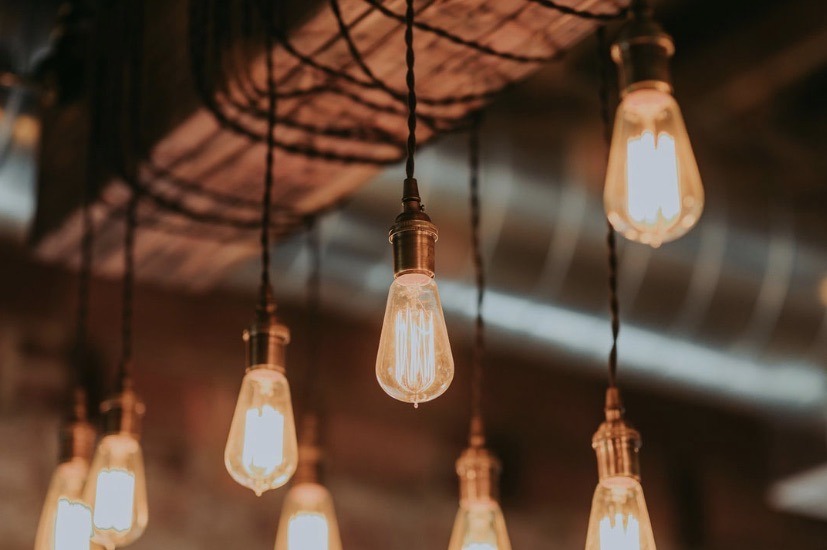In 2007, the United States Congress determined that most incandescent light bulbs should be a thing of the past, and it actually passed a law requiring the country to phase out most of those light bulbs by 2014. The phaseout was part of a global effort to eliminate incandescent bulbs so as to switch to more energy-efficient light bulbs. But, new research now indicates that old-fashioned incandescent light bulbs may be tweaked to be more efficient than in the past.
Researchers at MIT have found a way – using nanotechnology – to reuse the wasted energy created by incandescent bulbs. The scientists published their findings in the journal, Nature Nanotechnology. In their paper, the team explains how they have converted the major downfall of the incandescent bulb – which is the fact that it creates a waste of more than 95% of the energy it generates – into a good thing.
In order to recycle the wasted energy, the team developed a secondary structure around the bulb’s filament. The structure is made from a photonic crystal which captures infrared energy and allows light to pass.
The team reports how they used nanotechnology to create the crystal describing their theory and techniques as follows:
The desired visible wavelengths pass right through the material and on out of the bulb, but the infrared wavelengths get reflected as if from a mirror. They then travel back to the filament, adding more heat that then gets converted to more light. Since only the visible ever gets out, the heat just keeps bouncing back in toward the filament until it finally ends up as visible light.
The team further writes that the new bulb has three times greater efficiency than a standard bulb. Moreover, the team thinks they can increase the bulb’s efficiency up to 40% of the efficiency. If they do that, the bulbs could beat the efficiency of both LED bulbs and CFL bulbs.
This could lead to the re-emergence of incandescent light bulbs in our homes.
Stay Connected